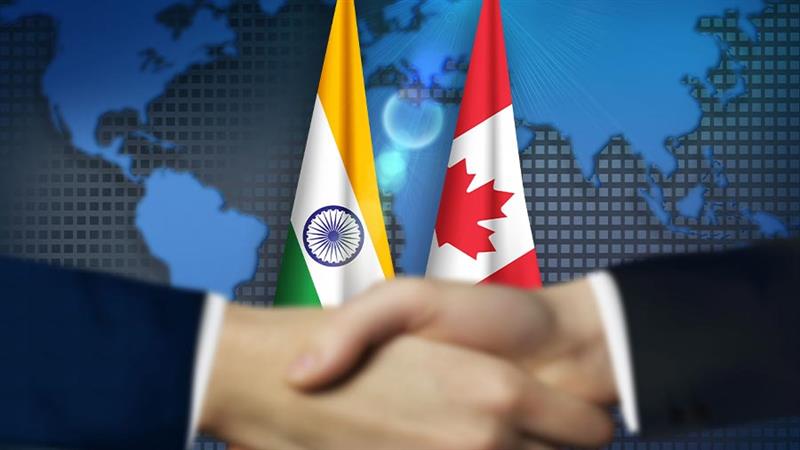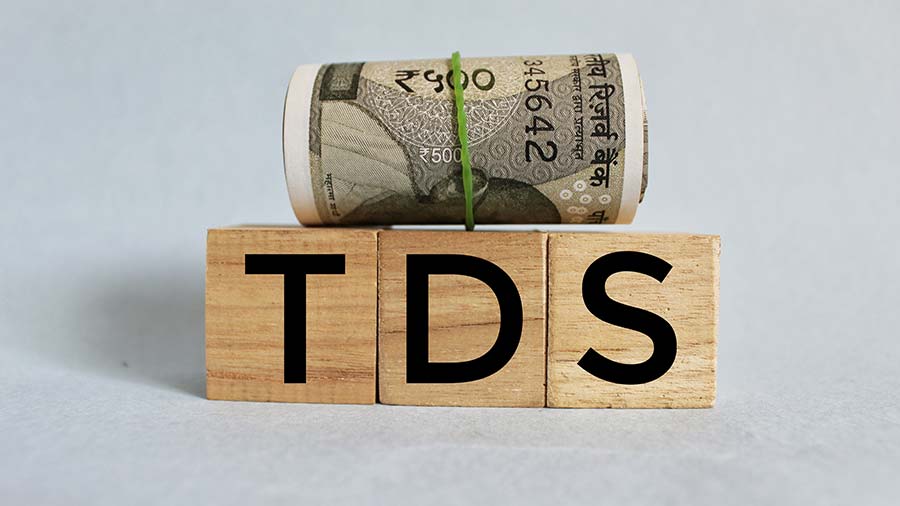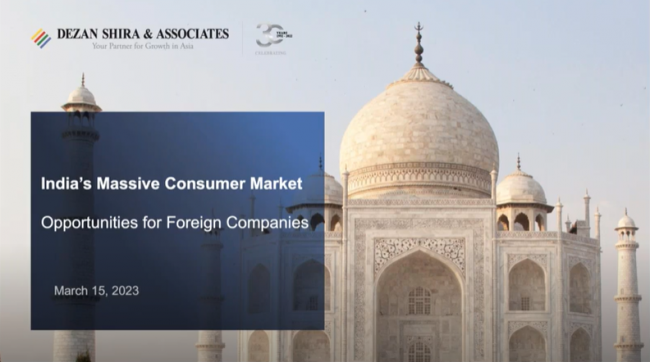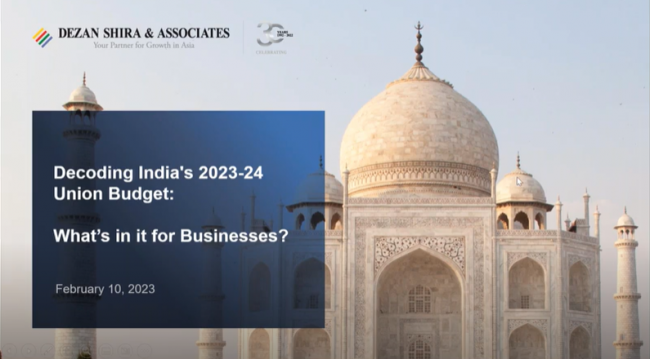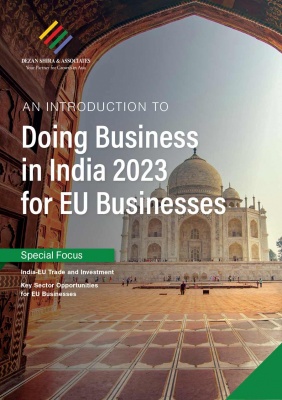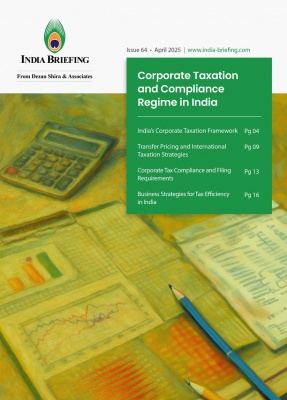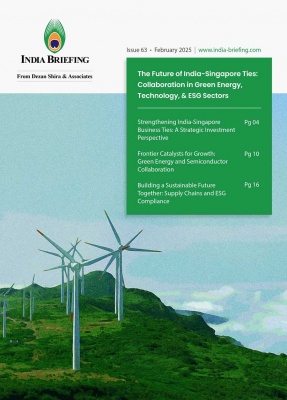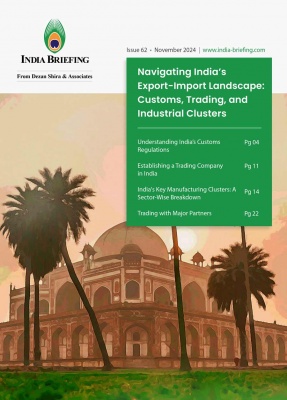Presidential Visit to Buoy U.S. – India Business Relationships
By Andrew Salzman, Senior Associate, Dezan Shira & Associates
This week, U.S. President Barack Obama traveled to India to attend the annual Republic Day parade at the invitation of Prime Minister Narendra Modi. Obama became the first U.S. president to attend the Republic Day festivities, and the only president to make two visits to the country.
The importance of the trip should not be understated. While U.S.-India relations in the private business sector continue to thrive, government relations have floundered, causing difficulty for U.S. business in India. However, agreements reached during the recent trip indicate continued government cooperation to improve ease of doing business.
This direction creates an exciting platform for U.S. businesses with an interest in India. The agreements reached offer insight into the shape of future relations: U.S.-based businesses should expect the U.S. and Indian governments to continue moving sector by sector to improve business prospects for private enterprises.
The Current State of Relations
Modi and Obama have both expressed a strong desire to work more closely in the future. Although the U.S. and India see each other as natural allies, this idea is far from reality. India has been aware of this for a number of years now, but the U.S. has failed to bridle its optimism.
Indranil Banerjie, a risk consultant and foreign policy specialist, notes that in recent years, “nothing much has happened despite many promises.” According to Banerjie, there are several key issues preventing real progress: namely, restrictive Indian laws that make it difficult for U.S. businesses to invest and U.S. foreign policy choices which are diametrically opposed to India’s self-interest.
The good news is that business to business relationships in most sectors have not suffered. U.S. businesses that began outsourcing to India in the early 2000s have abandoned risky start-up mentalities to adopt best practices. As these businesses grow, other U.S. businesses have learned how to take advantage of the country’s emerging market.
A Positive Direction
A pillar of Modi’s plans for India is to increase foreign direct investment (FDI). This is a key area where U.S. business can help. Between 2000 and 2013, India-U.S. trade increased 400 percent, reaching US$100 billion. Recently, Boeing has announced a strategic partnership will occur in 2015 and Allstate has announced it will invest US$1 billion in the country. U.S. business leaders are hopeful that Modi’s government will help make doing business in the country easier, which will encourage further investment.
![]()
These recent investments provided momentum for the U.S. government’s new US$4 billion investment in India in the form of initiatives and trade missions. Half of that money will go towards leveraged financing for renewable energy projects, while a quarter of the money will be loans for Indian small and medium enterprises (SMEs). Additionally, the U.S. Export Import Bank will provide funds for U.S. made products to be exported to India. The US will also sponsor two trade missions in 2015.
Another success from the trip is an agreement to reduce the legal barriers hindering further civil nuclear cooperation. The 2010 Indian nuclear liability law had been a sticking point between the U.S. and India. The law holds nuclear equipment manufacturers liable for any accident and has deterred U.S. companies from participating in India’s nuclear projects. However, India has reportedly agreed to improve liability issues for U.S. companies and create an insurance pool to indemnify companies in the event of nuclear accident. Half of the pool will be funded by insurance companies, with the Indian government covering the rest.
In addition to a new defense agreement, the U.S. and India also came to an agreement on a framework for transfer pricing disputes. The agreement will ease worries for foreign businesses in transfer pricing disputes, but also reassure potential investors that they don’t need to fear the Indian tax authorities.
 RELATED: MoU with U.S. Set to Boost Investment in India’s Infrastructure
RELATED: MoU with U.S. Set to Boost Investment in India’s Infrastructure
Potential Trouble Spots
Despite an agreement for high level dialogue on ease of doing business issues, India’s difficult business regulatory environment remained a major theme in talks between the countries. Meanwhile, the U.S. government continues to put pressure on India to amend its intellectual property rights regime. The Indian patent authorities have allowed Indian companies to make generic versions of foreign pharmaceutical company products. While there are six rounds of high level talks for this year, tensions will remain until there is a solution.
The U.S. government also wants India to remove some protectionist laws. In particular, legislation on defense equipment has prevented sales of U.S. equipment to India, leading India to purchase from other nations. Obama’s visit did produce an agreement for joint manufacturing on some defense equipment, but there is more progress to be made in this area.
After its victory in convincing China to sign a climate change agreement, the U.S. sought a similar agreement with India. India maintains that it cannot commit to such an agreement at this stage in the country’s economic development. The countries did, however, sign an agreement to promote renewable energy projects in India. Yet at the close of the talks, Obama was still pressing India to take the threat of climate change more seriously and to act more forcefully on the issue.
 RELATED: India-Focused Investment Firms Among the Best in 2014
RELATED: India-Focused Investment Firms Among the Best in 2014
The Road Ahead
U.S. businesses and the Indian government are adapting to each other. Adam Pitman, International Business Advisory Manager at Dezan Shira & Associates, notes that, “Instead of identifying ‘you problems’, both U.S. business and the Indian government have become more introspective. This trend has seen the operations of US businesses in India mature in tandem with more business-friendly policies from the Indian government”.
This steady progress is reflected in the results emerging from the trip, which produced perhaps more gains than anticipated. Removing the civilian nuclear investment issue is a huge step forward for India-U.S. relations and shows that the countries can bridge gaps in negotiations when each side is motivated to make a deal. The countries ended the trip on a hopeful note, making promises to continue to work together and make further inroads in their partnership. Only time will tell if the countries will commit to cooperating on major issues.
|
Asia Briefing Ltd. is a subsidiary of Dezan Shira & Associates. Dezan Shira is a specialist foreign direct investment practice, providing corporate establishment, business advisory, tax advisory and compliance, accounting, payroll, due diligence and financial review services to multinationals investing in China, Hong Kong, India, Vietnam, Singapore and the rest of ASEAN. For further information, please email india@dezshira.com or visit www.dezshira.com. Stay up to date with the latest business and investment trends in Asia by subscribing to our complimentary update service featuring news, commentary and regulatory insight.
|
![]()
 Passage to India: Selling to India’s Consumer Market In this issue of India Briefing Magazine, we outline the fundamentals of India’s import policies and procedures, as well as provide an introduction to the essentials of engaging in direct and indirect export, acquiring an Indian company, selling to the government and establishing a local presence in the form of a liaison office, branch office, or wholly owned subsidiary. We conclude by taking a closer look at the strategic potential of joint ventures .
Passage to India: Selling to India’s Consumer Market In this issue of India Briefing Magazine, we outline the fundamentals of India’s import policies and procedures, as well as provide an introduction to the essentials of engaging in direct and indirect export, acquiring an Indian company, selling to the government and establishing a local presence in the form of a liaison office, branch office, or wholly owned subsidiary. We conclude by taking a closer look at the strategic potential of joint ventures .
 Taking Advantage of India’s FDI Reforms
Taking Advantage of India’s FDI Reforms
In this edition of India Briefing Magazine, we explore important amendments to India’s foreign investment policy and outline various options for business establishment, including the creation of wholly owned subsidiaries in sectors that permit 100 percent foreign direct investment. We additionally explore several taxes that apply to wholly owned subsidiary companies, and provide an outlook for what investors can expect to see in India this year.
 An Introduction to Audit in India In this issue of India Briefing, we examine how India’s accounting standards differ from the globally accepted IFRS and IAS protocols, and outline the standard steps and procedures an Indian auditor will go through during the audit process and explain pre-audit preparations that can be carried out to make the process easier to follow and understand for foreign executives.
An Introduction to Audit in India In this issue of India Briefing, we examine how India’s accounting standards differ from the globally accepted IFRS and IAS protocols, and outline the standard steps and procedures an Indian auditor will go through during the audit process and explain pre-audit preparations that can be carried out to make the process easier to follow and understand for foreign executives.
- Previous Article Land Acquisition May Become Easier in India, but Risks Remain
- Next Article Expect Labor Reforms at the State Level in 2015
